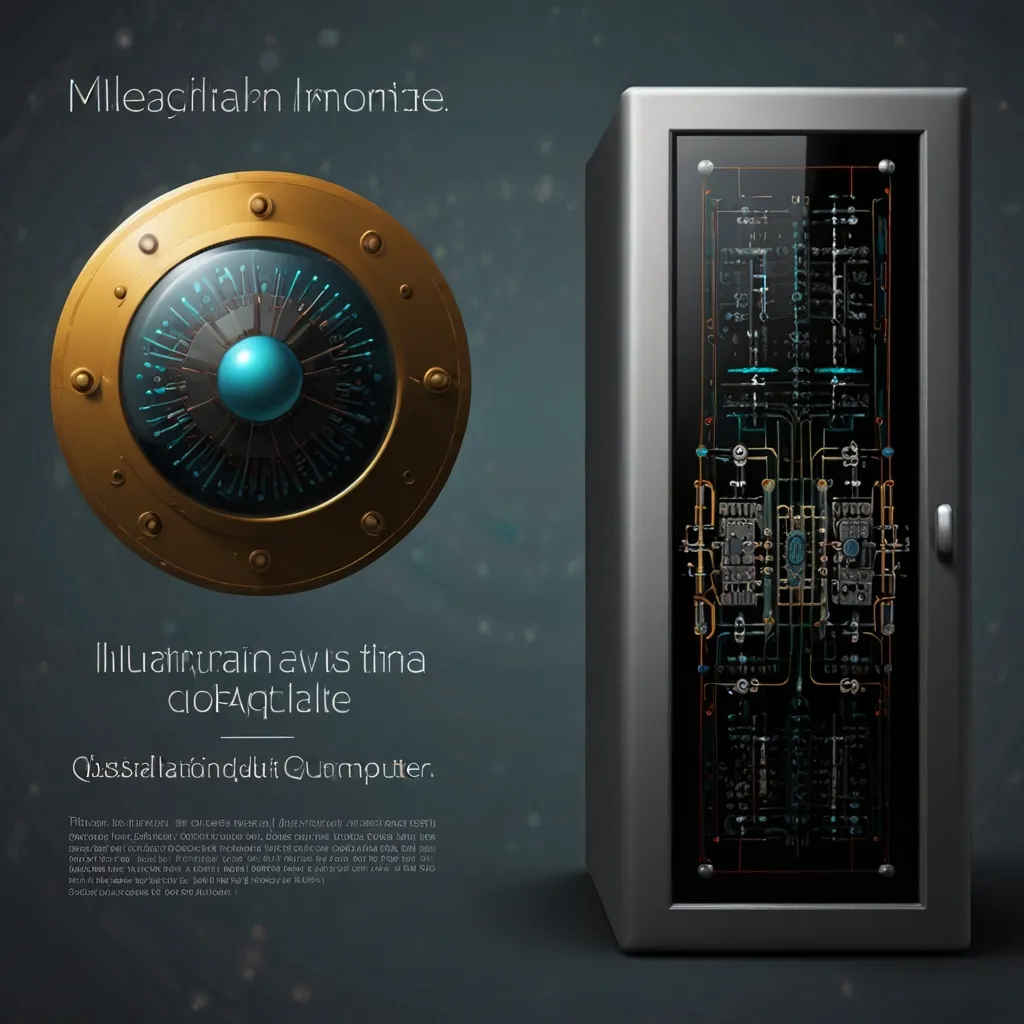On sunny days in ancient Ostia, Roman citizens would gather near the Forum. They sat on a long stone bench, catching up on news and gossip while tending to their more urgent needs. These public latrines, which seated up to 20 people, had waste drained below in water conduits. Unlike today’s private restroom visits, Romans shared this experience.
Our sewage infrastructure today is one of humanity’s most important inventions. Ancient texts had guidelines on waste disposal, aiming to keep it away from drinking water and campsites. By 3000 BCE, waste management started taking a more recognizable form. In Ancient Mesopotamia, homes had clay structures for squatting or sitting, connected to pipes that directed waste into street canals and cesspits. This water infrastructure thrived during the Bronze Age, with the Indus Valley featuring nearly every house with a toilet linked to a city-wide sewage system. Cretan palaces even had manual flushing.
The inspiration behind these early systems is still unknown, but waste management is crucial for public health. Untreated sewage breeds harmful microorganisms causing diseases like cholera, dysentery, and typhoid. While it took millennia to understand the sewage-sickness link fully, foul odors have been tied to disease since 100 BCE. By 100 AD, intricate sanitation solutions were emerging. The Romans had continuously flowing aqueducts for waste removal, and Chinese dynasties had both private and public toilets with waste being recycled for agricultural use.
Europe saw a decline in sanitation with the fall of the Roman Empire, leading to the Dark Ages. Pit latrines and chamber pots emptied into streets were common. Castles dumped waste from windows into cesspits. Night workers, known as gong farmers, carted this waste beyond city limits. Despite unsanitary conditions, there were significant toilet advancements by the late Middle Ages. Wealthy families used commode stools, and in England, the royal court had the Groom of the Stool who managed the king’s bowel health and had considerable influence.
The first significant jump in toilet technology came in 1596 when Sir John Harrington designed a flush toilet for Queen Elizabeth. Using levers to release water and a valve to drain the bowl, his design remains foundational. However, it still smelled of sewage. In 1775, Scottish inventor Alexander Cumming introduced the S-trap, a bend in the drainpipe to hold water and reduce odors. This was later enhanced to the modern U-bend by Thomas Crapper. By the 19th century’s end, cities had developed modern sewage and wastewater treatment systems.
Today, toilets come with various features, from the luxurious to the sustainable. Yet, around 2 billion people lack toilets at home, and another 2.2 billion have inadequate waste management facilities. To address this, we need to develop new sanitation technologies and tackle the financial, political, and behavioral issues causing this imbalance.






